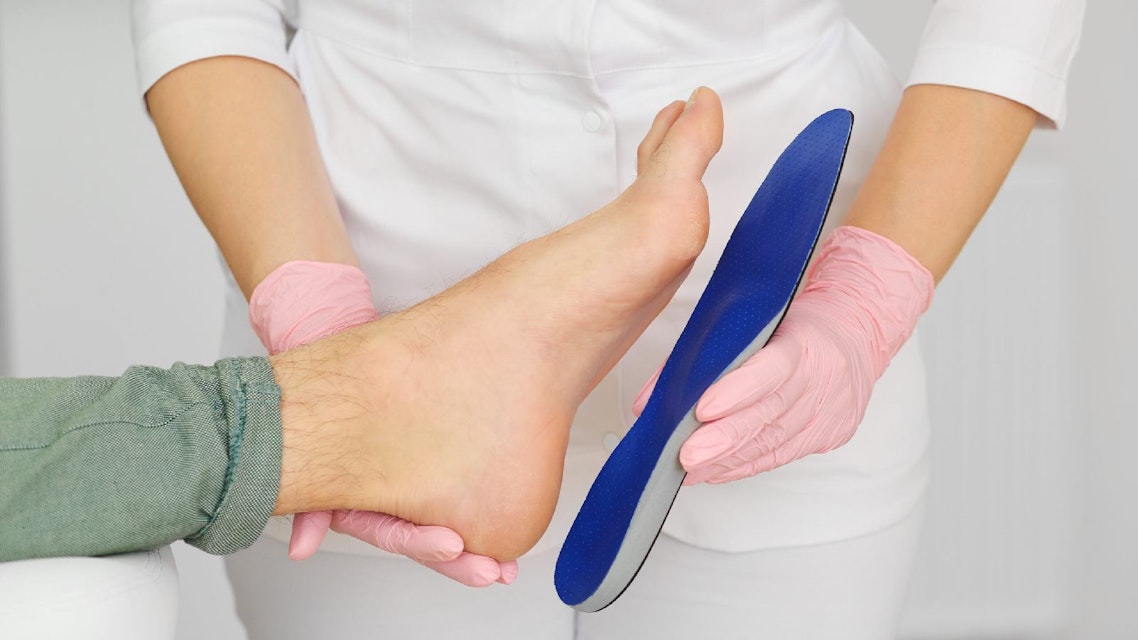
Table of Contents
- Introduction
- Understanding Peripheral Neuropathy
- Benefits of Orthotics
- Key Features to Consider
- Top Orthotics for Peripheral Neuropathy
- How to Choose the Right Orthotics
- Tips from Users
- Conclusion
Introduction
Peripheral neuropathy is a complex condition that affects millions of people worldwide, causing symptoms such as numbness, tingling, burning sensations, and pain in the feet and lower extremities. Managing peripheral neuropathy often requires a multifaceted approach, including lifestyle modifications, medication, physical therapy, and orthotic intervention. Orthotics, in particular, can play a crucial role in alleviating discomfort, improving mobility, and preventing complications associated with neuropathic foot problems.
Understanding Peripheral Neuropathy
Peripheral neuropathy is a result of damage or dysfunction of the peripheral nerves, which transmit signals between the central nervous system and the rest of the body. Common causes of peripheral neuropathy include diabetes, autoimmune diseases, infections, trauma, and exposure to toxins. The condition can lead to a range of symptoms, from mild tingling and numbness to severe pain and loss of sensation, affecting daily activities and quality of life.
Benefits of Orthotics
Orthotics offer several key benefits for individuals with peripheral neuropathy:

- Pain Relief: Orthotics with cushioning properties can help alleviate pain by reducing pressure on sensitive areas of the feet.
- Improved Stability: Arch-supportive orthotics enhance stability and balance, reducing the risk of falls and injuries.
- Prevention of Complications: Orthotics can help prevent foot deformities, ulcers, and other complications commonly associated with neuropathic conditions.
- Enhanced Mobility: By promoting proper foot alignment and reducing discomfort, orthotics can improve overall mobility and activity levels.
Key Features to Consider
When selecting orthotics for peripheral neuropathy, consider the following key features:
- Cushioning: Opt for orthotics with ample cushioning to provide shock absorption and comfort, especially if you experience foot pain.
- Arch Support: Look for orthotics that offer adequate arch support to reduce strain on the plantar fascia and promote proper alignment.
- Material: Choose orthotics made from breathable, moisture-wicking materials to keep your feet dry and comfortable throughout the day.
- Customization: Consider custom-made orthotics for a personalized fit and optimal support based on your foot anatomy and specific needs.
Top Orthotics for Peripheral Neuropathy
Several orthotics are highly recommended for individuals with peripheral neuropathy due to their effectiveness and comfort. Here are some top orthotic options:
- Gel Cushion Insoles: Gel-based insoles provide excellent cushioning and shock absorption, making them ideal for relieving foot pain associated with neuropathy.
- Arch Support Orthotics: These orthotics are specifically designed to support the natural arches of the feet, promoting proper alignment and reducing strain on the plantar fascia.
- Memory Foam Insoles: Memory foam molds to the shape of your feet, offering personalized cushioning and comfort for neuropathic symptoms.
- Custom Orthotics: Custom-made orthotics provide tailored support and alignment correction, addressing specific foot issues related to neuropathy and ensuring optimal comfort and effectiveness.
- Shock-Absorbing Insoles: These insoles are designed to absorb impact and reduce pressure on the feet during walking or standing, providing relief for neuropathy-related discomfort.
How to Choose the Right Orthotics
Here are some tips to help you choose the right orthotics for your peripheral neuropathy:
- Consult a Specialist: Visit a podiatrist or orthopedic specialist for a comprehensive foot assessment and personalized orthotic recommendations based on your specific neuropathic condition.
- Consider Your Foot Type: Take into account factors such as arch height, foot width, and any existing foot deformities when selecting orthotics.
- Test for Comfort: Wear the orthotics in your shoes and walk around to ensure they provide adequate support and cushioning without causing discomfort or pressure points.
- Follow Usage Instructions: Adhere to the recommended usage guidelines provided with your orthotics to maximize their benefits and durability.
Tips from Users
Here are some additional tips from users who have found success with orthotics for peripheral neuropathy:
- Be Patient: Give your feet time to adjust to wearing orthotics, as it may take a few days or weeks to experience the full benefits.
- Combine with Other Therapies: Use orthotics as part of a comprehensive treatment plan that may include medication, physical therapy, and lifestyle modifications for optimal results.
- Regular Maintenance: Keep your orthotics clean and inspect them regularly for signs of wear or damage to ensure ongoing effectiveness.
- Listen to Your Feet: Pay attention to any changes or discomfort while wearing orthotics and communicate with your healthcare provider if adjustments are needed.
Conclusion
Choosing the best orthotics for peripheral neuropathy involves considering key features such as cushioning, arch support, material, and customization options. Gel cushion insoles, arch support orthotics, memory foam insoles, custom orthotics, and shock-absorbing insoles are among the top choices recommended by healthcare professionals and users alike. By prioritizing comfort, support, and alignment correction, orthotics can significantly improve the quality of life for individuals dealing with peripheral neuropathy-related foot problems.
Always seek guidance from healthcare professionals or specialists to ensure you select the most suitable orthotics based on your specific neuropathic condition, foot structure, and lifestyle needs.

